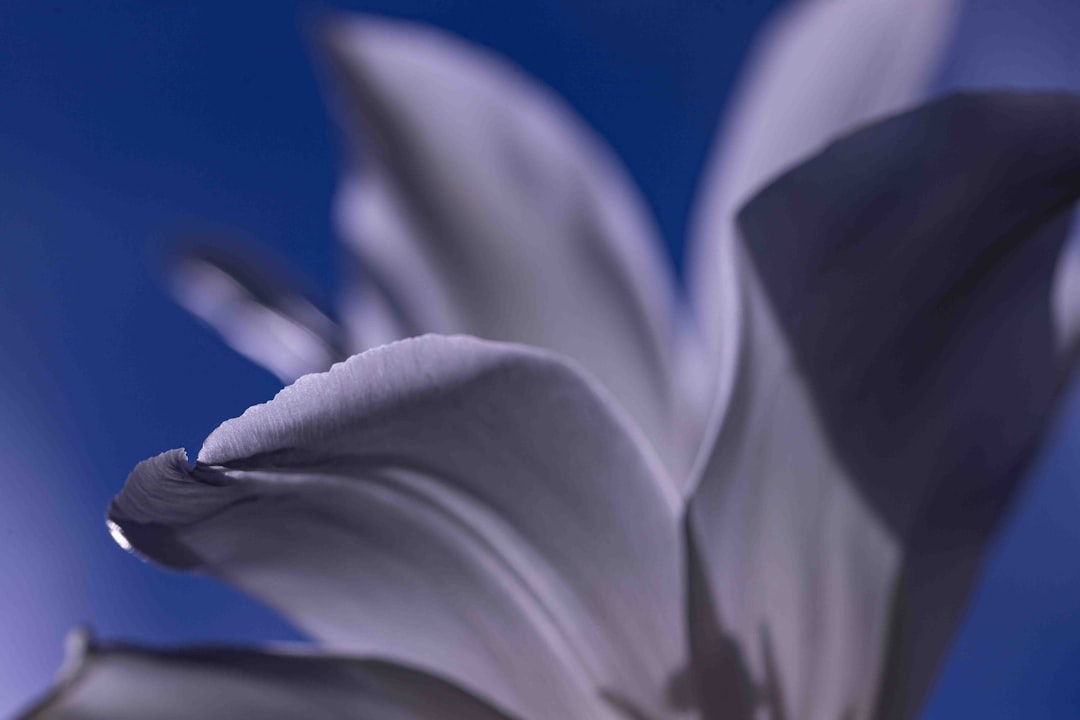In the gilded courts and candlelit libraries of medieval Persia, writers and artists cultivated a style both lush and elaborate. From the swaying couplets of ghazals to the filigreed borders of illuminated manuscripts, “ornament” was not mere decoration—it was central to how meaning, emotion, and social identity were communicated. In this post, we’ll explore the cultural, philosophical, and technical reasons behind Persian literature’s celebrated ornateness.
1. Ornament as Cultural Capital
-
Courtly Display
Persian courts—from the Samanids to the Safavids—were stages of political and cultural competition. Patronage of poets, calligraphers, and miniaturists signaled a ruler’s sophistication. A florid qasīda or resplendent divān wasn’t just personal expression; it was an assertion of prestige and power. -
Literary Lineage
Classical Persian style absorbed and built upon the ornate registers of Arabic prose (the adab tradition) and earlier New Persian innovators. Flourish became a mark of erudition: mastering complex metaphors and rhetorical devices demonstrated deep engagement with the canon.
2. Philosophical Roots: Beauty as a Path to the Divine
-
Sufi Sensibility
Mystical thinkers like Rūmī and ʿAttār infused their poetry with lavish imagery—gardens of ruby-flushed roses, taverns of spiritual wine—to evoke the ineffable. Ornament here isn’t frivolous; it is a devotional strategy, using sensory richness to point toward transcendent realities. -
Doctrine of Harmony
Influenced by Neoplatonic and Avicennan ideas, Persian aestheticians saw beauty (jamāl) and adornment (zīnah) as reflections of the cosmic order. Just as the universe unfolds in intricate patterns, so human art imitates that complexity, guiding the soul toward contemplation of the “Beautiful One.”
3. Technical Toolkit: Devices of Embellishment
-
Badīʿ (Embroidery of Language)
Rhetorical figures—tashbīh (simile), istiʿārah (metaphor), jinās (paronomasia), iltifāt (sudden shifts)—weave a verbal tapestry that delights both ear and mind. A single couplet by Hafez might pivot between earthly and heavenly love through a single pun. -
Sabk-e ʿIrāqī (Iraqi Style)
Characterized by compound phrases and layered imagery, this school elevated Persian vocabulary with Arabic loanwords, crafting verses that felt “jewelled” in cadence and texture. Ghazals became kaleidoscopes of allusion, each turn—wine, candle, tavern—opening new interpretive recesses. -
Manuscript Illumination
Beyond text, ornate frontispieces ( sarlawḥ ) and marginal motifs mirrored the verbal elaboration. Gold leaf, arabesques, and miniature scenes created a multi-sensory reading experience: eyes, heart, and intellect all engaged in a single act of aesthetic immersion.
4. Social and Psychological Functions
-
Memory and Transmission
Repetition, rhyme, and elaborate metaphors made poems easier to memorize—a crucial feature in largely oral or semi-oral cultures. Ornament served as a mnemonic scaffold, ensuring that verses could travel from court to caravanserai intact. -
Emotional Intensity
Excess of image and sound amplifies feeling. In a culture that prized refined sensibility, ornate language heightened emotional registers—joy, longing, grief—making poems both intimate confidences and dramatic performances. -
Dialogues of Allusion
Ornament invited readers into a game of recognition and response. A reference to Jamshīd’s throne or the “reed-flute’s lament” summoned entire backstories, engaging educated audiences in an ongoing literary conversation across centuries.
5. Modern Reflections: Ornament and Minimalism
While contemporary tastes often prize minimalism, the classical Persian penchant for ornament still offers lessons:
-
Depth over Brevity: A single image—“the wine-dark nightingale perched on a ruby branch”—can unlock multiple layers of emotion and meaning.
-
Craft of Attention: Ornament demands close reading and slows us down, countering the speed of modern media.
-
Cultural Continuity: Poets and designers today revive motifs—calligraphic flourishes, compound metaphors—to reconnect with a heritage that sees art as holistic, not fragmentary.
“In the garden of language, every petal counts; remove one, and the bloom is incomplete.”
By understanding the why behind Persian ornateness, we appreciate not just the beauty of the form but its function: as a vehicle for memory, a bridge to the divine, and a mirror reflecting the intricate patterns of human culture itself.





